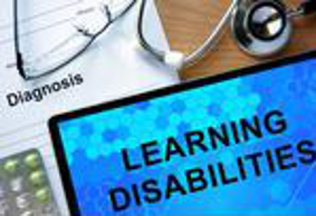
UDL and Students with Significant Cognitive Disabilities
This conference proceeding argues that Universal Design for Learning (UDL) is a framework that depends on the capacity of educators to apply the UDL principles to the widest range of learners.
This conference proceeding describes the work of the National Center and State Collaborative (NCSC) and how the resources developed by NCSC helps ensure that students with significant cognitive disabilities are included in the implementation of UDL and the Common Core State Standards. In addition to developing alternative assessments, NCSC is developing curriculum and instructional resources and professional development modules using UDL principles. These resources and modules will be publicly available for use in any state regardless of whether the state is using the NCSC assessments.
Share this resource:
Posted date:
August 25, 2022
Access the full resource here if it does not render.


Hello, if a student has "no
Hello, if a student has "no speech," they can't pronounce words. It should be clarified that perhaps, the word should be read to them along with a visual (pictorial representation).
If the student is visually impaired, you can't use an "image" to represent a word. A tactile object would be more appropriate. I feel that blind and deaf individuals should be separate in category.
I've worked with students who have multiple disabilities all in one-- blind, immobile and nonverbal. I've had to create lessons way outside the box to serve them. I've attended several UDL conferences to share my ideas.
The best curriculum that I've come across with regard to differentiation is called, "Unique," as the educator can tailor the curriculum to the specific needs of the students. This curriculum is most frequently incorporated in a special school, not public education, though it should be. It would help teachers who aren't exposed to working with individuals who have multiple disabilities, on how to tailor curriculum to individual needs, and is aligned with state standards. It also counts towards DLM testing, so the students don't have to take the DLM separately.
(No subject)
(No subject)